-
Posts
1,718 -
Joined
-
Last visited
Content Type
Profiles
Forums
Gallery
Events
Posts posted by flying_dutchman2
-
-
This has got to be one of the best threads on tools I have ever read and that means not only MSW but everything on the NET.
All suggestions made by members on different type, make and models I have written down and will research each of them thoroughly (except the Byrnes tools). I have learned a lot here and the different suggestions on why a band saw and not a circular saw.
I use my scroll saw for just about everything.
I do have a question about band saws.
Can you do curves with a band saw (like with a scroll saw)? For example when you cut out frames?
THANK YOU
Marc
-
At the NRG conference in St. Louis, I drooled just by looking at the Byrnes tools, thinking, I gotta get that saw. Now I am home and building my first scratch boat, thinking I don't really need one...... yet. The scroll saw, dremel, router and router table and hand tools go a long way. Maybe next year.
There is always being creative and improvising. I made a disc sander from my tool sharpener. I use the router to make grooves in the square dowels for the display case.
Marc
-
These are the original frames that come with the plans from Emke.
no. 1.0, 2.0, 2.5, 3.0, 4.5, 5.5, 6.0 and 6.5
This is where I added some frames so all the spaces between the frames are 26mm.
no. 1.0, 2.0, 2.5, 3.0, 3.5, 4.0, 4.5, 5.0, 5.5, 6.0 and 6.5
Then for the heck of it I decided to add more frames and the spacing's between each frame is 10mm
This looks like a "big-gap POF. Too many frames as well, if it not going to be a POF
Conclusion: the Utrecht will be a POB with a total of 11 frames.
So far I have cut much wood and becoming very proficient cutting along the lines of the template. I enjoy this practice.
Any questions and/or comments are always appreciated.
Marc
- popeye the sailor, Mike 41, robin b and 3 others
-
 6
6
-
- popeye the sailor and Krelis
-
 2
2
-
Hans;
You may already checked these links but they have description of color themes.
http://www.ancient.eu/trireme/
http://www.mlahanas.de/Greeks/war/Trireme.htm
http://www.talismancoins.com/catalog/Greek_Trireme_Sailing_Ship_2.jpg
http://en.wikipedia.org/wiki/Fifth-century_Athens
Marc
-
Just an update. After looking at both the book from Ab Hoving and Gil McArdle I am going to scrap the building of the Utrecht by McArdle. I am following the Emke plans. I am better in mm than inches (I was born with the metric system). Also, the bulkheads in Emke's plans are easier to understand and how to form the boat. The McArdle book will help with the pictures of what the model should look like.
I will attempt to do the carving and I am a bit nervous about this. I see such beautifull work such as the "Prins Willem by Michiel". If there is a problem I can order the pieces from Chuck as he has the master molds.I call it a hybrid POF/POB built. I have the bulkheads from Emke and added some more in between to shorten the distance of the gaps between the main bulkheads, get a more even flow of the lines and try to prevent the wobbling of the planking. I had that problem with the Bounty but that was also before I learned about this site and how to avoid that problem. (pictures will follow)
When I decided to do the Utrecht as my first scratch I had grand ideas to follow this as a POF. I got a bit overwhelmed so I retracted some ideas and after my mistake re-thought of what to do. I feel comfortable that I can do what I am going to do. Furthermore, with following Emke's plans I set myself up to built more of the Dutch models he drew in CAD for the future. Start small and move to big and more intricate and as always I am sticking to Dutch ships.
Marc- Piet, dgbot, popeye the sailor and 1 other
-
 4
4
-
There is a movie by the name of 300:Rise of an empire http://en.wikipedia.org/wiki/300:_Rise_of_an_Empireand they use trireme's as well. One of the trailers they show how they built a model and the replica (in Greece) they used. Very interesting. In the movie they show lots of details of the ships.
Marc
-
-
-
Great link thanks and it is called "History".
-
-
The bottom picture is what all the boats look like if you build them.
Also, the three Fluits go from Large, medium and small. The largest being used for Oceans and the smaller ones for European waters. The Zeehaen - fluit
(A. Tasman) which is also in the book of Abel Tasman has 16 plans. Very elaborate.
The folder that holds the plans is about 3 times thicker than the book itself and the 1:48 plans make for a substantial size boat, so many details can be added.
Marc
-
I have decided to do a serious review on this book and the plans and here it is. (avsjerome2003) just mentioned the book and nothing else.
17th century Dutch Merchant Ships
Text, Photos and Plans for the Ship Modeler.
By A. J. Hoving
Plans by C. Emke
Models by H. Tomesn
Graphics by E. Hoving
Publisher: SeaWatch Books, LLC
Case Bound, Full Color, Dust Jacket
Year: 2014
Large 8.5x11 format
Pages: 152 and 24 sets of plans from 10 merchant ship types in the scale of 1-48 and 1-96.
ISBN: 978-0-9904041-1-8
With this book all the plans modelers may need to recreate a whole range of vessels from the Dutch Golden Age. The plans are on thick stock (paper) and the ships areas follows”
Seagoing Vessels:
Pinas Witsen – scale 1-96 – 4 sheets of plans.
Fluit “Langewijk” – scale 1-96 – 3 sheets of plans.
Fluit “Zeehaen” (Able Tasman) – scale 1-96 – 3 sheets of plans.
Fluit “Roode Leeuw” – scale 1-96 – 2 sheets of plans.
Cat “Peacock” – scale 1-96 – 1 sheet of plans.
Coastal Trade:
Boyer 86ft – scale 1-48 – 3 sheets of plans.
Galliot – scale 1-48 – 2 sheets of plans.
Inshore:
The Narrow- & Wide-ship – scale 1-48 – 2 sheets of plans.
Kaag – scale- 1-48 – 1 sheet of plans.
Fishermen as Traders:
Buss 1598 – scale 1-96 – 1 sheets of plans.
Hooker – scale 1-96 – 1 sheets of plans.
Pink – scale 1-48 – 1 sheet of plans.
ISBN: 978-0-9904041-2-5
Note: Three Fluits is one ship type.
Summary of the people that created this book.
Ab Hoving: Worked as the chief model restorer in the Rijksmuseum in Amsterdam. Studied the technique of Dutch ship building in the 17th and 18th century. He has written numerous books, articles in several magazines and given lectures. He has been involved in major replica building projects, such as Duyfken (West Australia, Statenjacht (Utrecht) and others.
Cor Emke: After he retired as a manager from an American Co. in forklifts Cor dedicated his life in building ship models of Dutch vessels from the 17th century. In cooperation with Ab Hoving he produced many AutoCAD drawings of ships, thus filling the gap in the availability of such draughts. Together with Ab he has been involved in several replica projects, like the Statenjacht Utrecht and De 7 Provincien.
Herbert Tomesen: Herbert runs a company in Amsterdam, Holland, Artitec (www.artitec.nl), which produces architectural models. He produced large scenery models of ancient cities in many museums in Holland. He built a huge diorama of Roadstead of Texel in the 17th century containing over a hundred ships. The models in this book are by him.
Emiel Hoving: Ab’s son Emiel studied art in Groningen and has been a graphic designer for almost 20 years. He works for Artitec and did the design for Ab’s first book, Message in a model and Statenjacht Utrecht. For the pictures in this book he took photgraphs of Herberts models and used PhotShop to create images of what Dutch maritime world looked like in the 17th century.
Summary:
The book is well written with numerous pictures, beautiful maritime paintings, copies of old building plans, hull renderings and many ship models. Well documented historical information to give the reader a good picture of what type of ships were used in the 17th century Dutch trade.
There is a detailed chapter of what items the Dutch traded in Europe and Russia and one can see that their wealth was first of all connected with their trading position Europe and that is what created their prosperity. The Dutch were Europe’s main freighters.
Another detailed chapter discusses how the ships were built. What measurements and ratios were used to produce a type of ship. In the back of the book there is a comparison chart of Witsen and Van Yk’s shipbuilding Formula’s. Several detailed renderings how the Dutch build there ships, “shell first”.
The chapters after that gives the reader detailed descriptions of the type of ship described which include close-ups from ship models, paintings and realistic Photoshop images.
It is too bad the book does not include a CD-Rom with the plans on it like the book from Abel Tasman. The advantage of this would be that you could view, zoom and pan the drawings on the computer monitor and print them to scale different from those that are supplied with the book.
-
I just got the book and the picture you have up there is not in the book.
Marc
-
I did some 'research' to this book:
There a re the following shiptypes in it (dutch names
 ): pinas, 3 fluiten, katschip, boeier, galjoot, wijd(smal)schip, kaag, hoeker, buis en pink. The drawings include: lines, general views, cross-sections, rigging (and in some cases) belayingplan.
): pinas, 3 fluiten, katschip, boeier, galjoot, wijd(smal)schip, kaag, hoeker, buis en pink. The drawings include: lines, general views, cross-sections, rigging (and in some cases) belayingplan.It's a shame that the shipping costs are so high

(especially while there has to be paid an additional import tax in the Netherlands which is levied over the total cost of the shipment, which is including shippings costs....). Total cost will add up to (75+30)+6% = $112. Which is quite a lot.
(even though the illustrations and drawings are very nice...)
Jan
This book is not available in Holland? Wow. You would think that the market for Dutch speaking people would be there. Plus it is by a Dutch Author. I like the various ship drawings already. Plan to make a few of these. I'll wait with a fluit.
Marc
-
I have ordered this book and can't wait to read about it. Thank you for publishing this.
Marc
-
The book is available in English from Amazon Germany and another German site. The author Manfred Stein is German.
***//www.amazon.de/Prisoner-War-Models-Treasures-Napoleonic/dp/3782212053
***//www.koehler-mittler-shop.de/Neuerscheinungen-Koehler---Mittler/Stein--Manfred--Prisoner-of-War---Bone-Ship-Models--Treasures-from-the-age-of-Napoleonic-Wars.html
Then there is this German site that has many reference in English.
***//www.pow-boneships.de/
I went to many sites and there a lot of bone models available. It is not really a rare item, except the price. $25K to infinity.
Marc
-
I hate to admit this as it is soooo embarrassing but I made a colossal mistake on the frames and cannot redo this.
So I went to Menards, Home Depot and Lowes and purchase more wood in 1/4 & 3/16the thickness. The boards are Aspen and plywood. I am starting over and this time it will be correct. It is to complicated to explain what I did.
Like I always say; "If you don't make a mistake, you don't make any." and " it is wood, one can redo".
Now that I have more time as all the plants are dormant, I can put some work in it and I have to finish the case for the "Mary" and also need to finish the rigging of the "Scout" which is a 54" cargo ship from a kit company "Sterling"
Marc
- Piet and popeye the sailor
-
 2
2
-
If you get the Nautical Research Journal, the Autumn 2013 Vol. 58. No. 3 back cover has a detailed picture of the bow of a "Napoleonic prisoner-of-war model of a 74 gun ship-of-the-line, French/English, circa 1790. It is from Bonhams.com/maritime auction. This ship went for $22,500.
Here is another one: ***//bonhams.com/departments/COL-MAR/
Pretty cool.
Marc
-
-
Thanks for the information about Spanish cedar.
My biggest pet peeve about Common names is that they make NO sense. Who ever comes up with some of them needs to have there head examined. Furthermore, they are so local. For some strange reason the common name of Juniperus virginiana is Eastern Redcedar with all other species known as juniperus. The wood of the tree species is used for furniture (cedar chests).
In the Chamaecyparis family there is:
Chamaecyparis nootkatensis (Alaska Yellow Cedar)
Chamaecyparis thyroids (Atlantic Whitecedar or Whitecedar False cypress
Chamaecyparis lawsoniana (Port Orford Cedar or Oregon cedar or Lawson Falsecypress)
When people ask me about some species in English I go through my "brain" hard drive and come up with all sorts of species. Then I describe them and see what the person thinks it is.
Bottom line...... I hate common names........ but it is necessary.
Marc
-
From a Forestry/Botanical point of view.. (quoted from several of my Taxonomy books)
Cedar is found in most parts of the world. It is a coniferous tree and is part of the pine family. They grow rapidly when exposed to direct sunlight. Cedar trees are used as decorative or ornamental purposes while landscaping
Benefits Of Cedar
The major uses of cedar tree are from its bark and oil. The bark of the cedar tree produces scented wood, known as cedar wood. Cedar oil is extracted from the cedar wood.
The wood is used for the following:
- It is resistant to decay and hence is suitable to build outdoor furniture.
- It produces aesthetically beautiful furniture.
- It is easy to work with as it is lightweight and doesn’t crack or split easily.
- It is highly durable.
- It can absorb sound effectively, so are used in building ceiling shingles.
- It is a good insulator; hence, when a home is built using cedar wood, it helps keep the home warm in winter and cool in summer.
- Though its color fades after a while, it can easily be restored.
- It doesn’t spread fire easily hence it is suited for building purposes.
- It is a natural anti-termite, which is it prevents furniture form rotting.
- Due to its lightweight and strength, western red cedar is used to make guitars.
Uses Of Cedar Tree Types
Each Cedar species has its own distinct features that serve a lot of purposes.
- Northern white cedar is used for building canoes and fences.
- Australian red cedar is most valuable of all cedar since it used in building ships.
Did not say if it was for life size ships or model ships.
- California incense cedar is used for making pencils.
- Eastern red cedar is also used for fence-building.
- Japanese cedar is used for building houses.
- Spanish cedar is used on clothing for its fragrance and insect repelling quality.
The oil is used for the following:
- It is used as an insect repellent.
- In ancient times, it was used to preserve dead bodies.
- It is used as incense in temples.
- It is used as aromatic oil, because its woody odor works as a sedative and effectively treats stress and anxiety in people.
- Due to its aroma, it is used as an ingredient in perfumes.
- It is used for preservation of spices.
- It is used as an antibacterial.
- Its health benefits include effectively treating respiratory infections.
- It is beneficial to hair, as it helps eliminate dandruff and protects the hair against hair fall and graying.
- It also effectively treats skin infections such as acne.
- It is also used in treating arthritis, especially rheumatoid.
- It is also used for its antiseptic property.
Thank you for reading.
Marc
- michael mott, GuntherMT, mtaylor and 2 others
-
 5
5
-
Here is a link from Jack Panzeca who is building the and his homemade steam gadget.
http://www.rockler.com/steam-bending-kit-w-free-bentwood-carryall-plan-download
Marc
-
I'm wondering if alcohol will degrade the wood? I was soaking some glued pieces in the stuff and found the wood became very pliable and then re-hardened after it dried. Any thoughts?
Like ammonia, alcohol dissolves the lignin in the wood.
The other thing is that people used to use anhydrous ammonia, but that is a bit too dangerous to use so they started using household ammonia.
Forget all the chemicals to bend wood. Like Kurtvd19 says, 'water is still the best method'. Use the natural ingredients and not the man-made ones. Many of you have different methods that you use and it works for you. To me this is cumbersome. Too many steps and I am not in a hurry. When museums restore a model and or build one they use water only.
Plant physiology on a cellular level:
Water will soak and make the dry intact cell walls of the individual lignin spaces moist and pliable. You bend to form, clamp it and it will dry naturally. Leaving some of the cell walls intact and others cracked, but most of the individual cells are still there. Water evaporates but ammonia and alcohol melt the cell walls. Try spraying alcohol or ammonia on plant leaf and see what happens. Do it in 90 degrees F and see the leaf melt in front of your eyes. Once the cells and cell walls melt and the chemical evaporates it leaves larger holes here and there. The integrity of the lignin is gone and makes the wood wobbly. Meaning it has bubbles.
I will not bore you with the very detailed plant cell physiology of the steps of how wood deteriorates with chemicals. There have been many scientific articles written on this subject and the above is some of the basic information.
avsjerome2003 - Surfactant or sticker is pretty similar to dish washer soap like Dawn. In horticulture a surfactant is mainly used to make a herbicide stick to the plant. Once dry, the chemical does its job. Also there is a minimum run-off when spraying it on the plant, like they say a "sticker". Soap does the same thing and it is what I use.
If you want more details I can give you some links of some deep explanations on this subject.
Marc
- Richard Griffith and hornet
-
 2
2



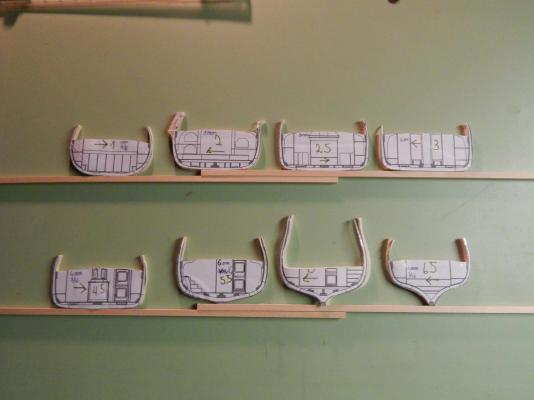
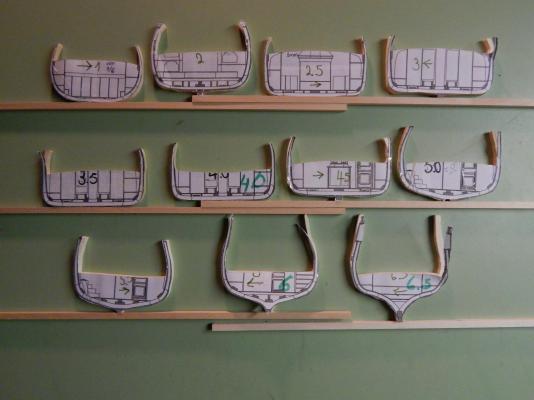
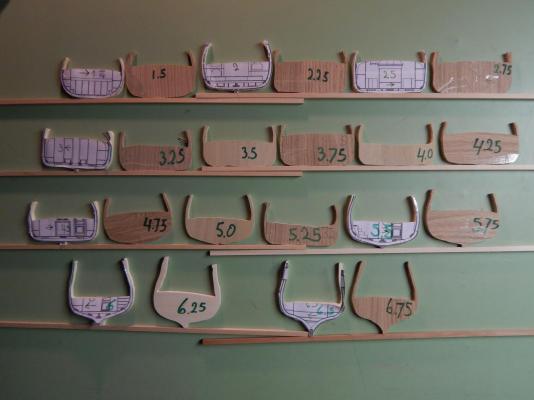
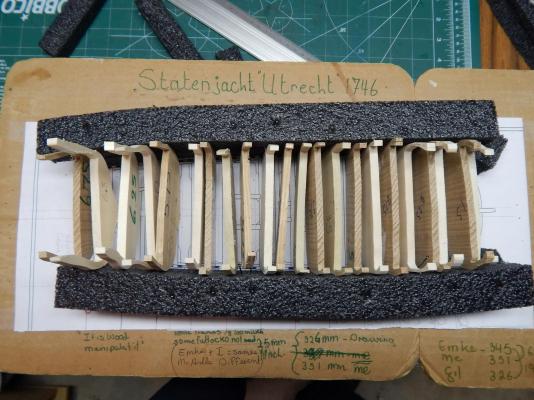
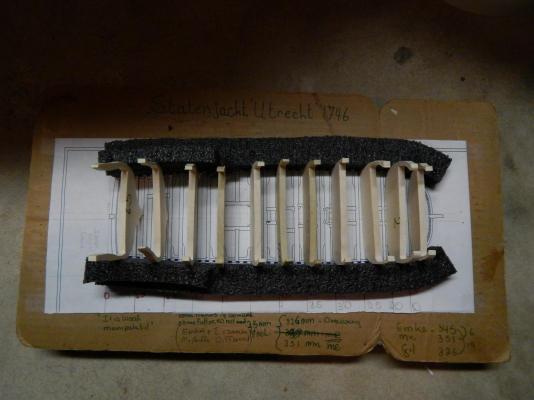
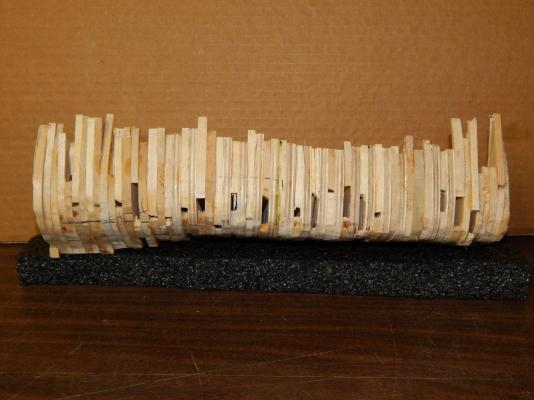
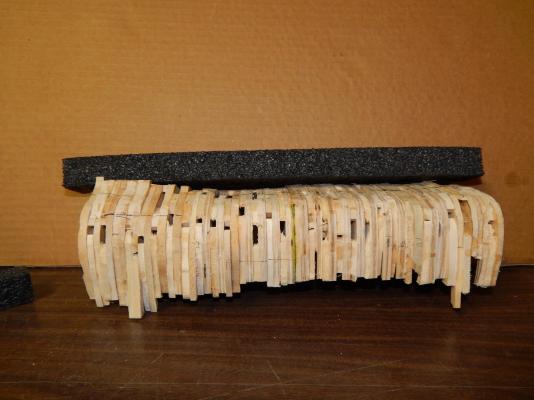
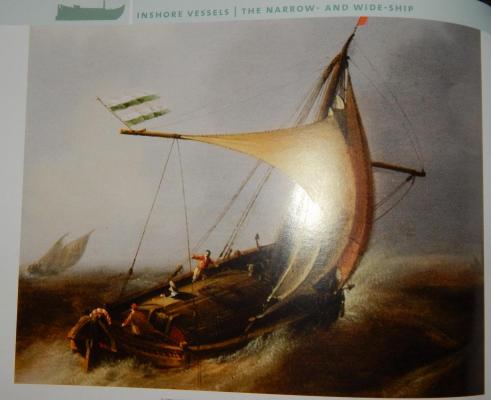
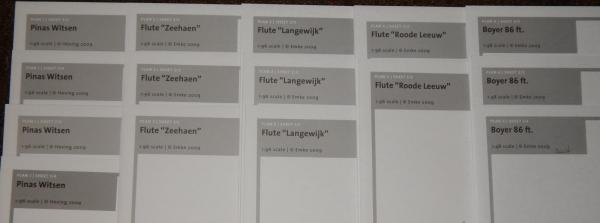
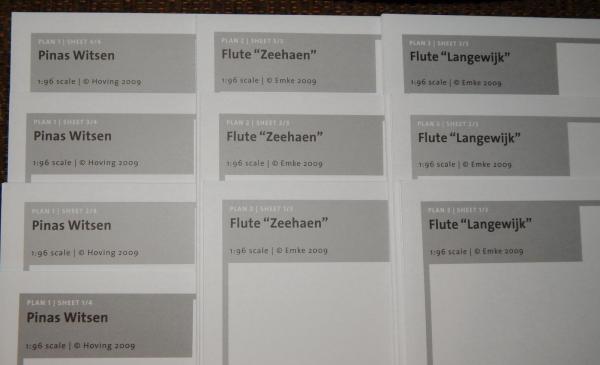
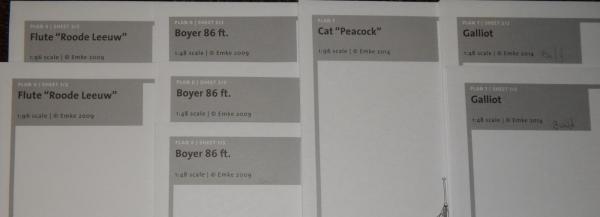
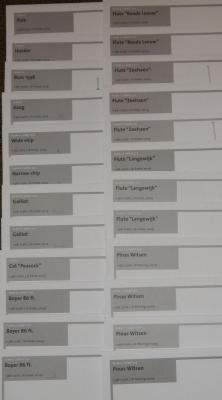
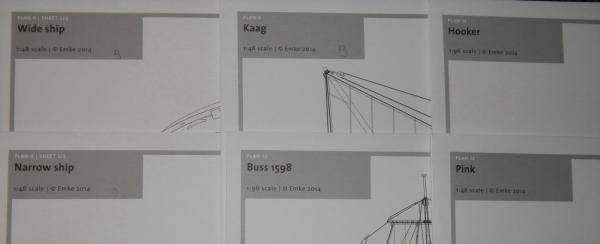
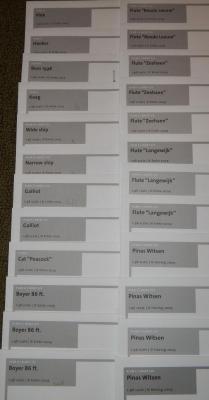
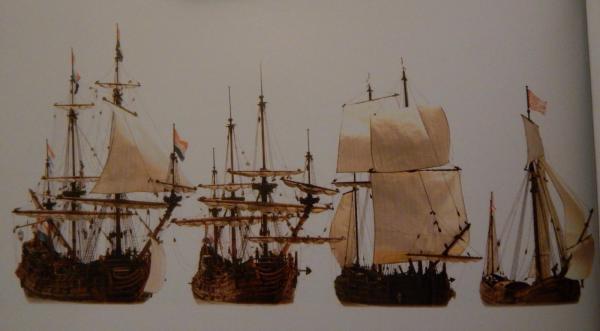
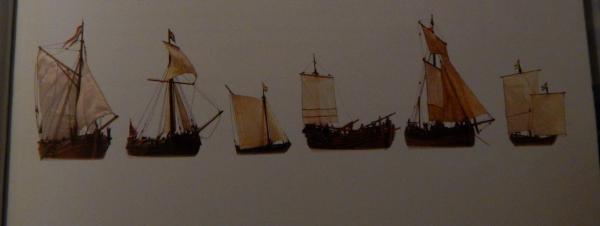

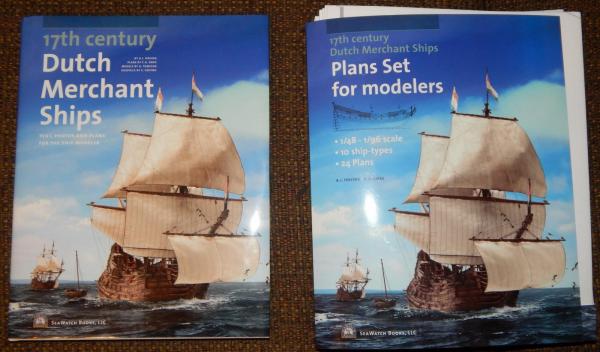
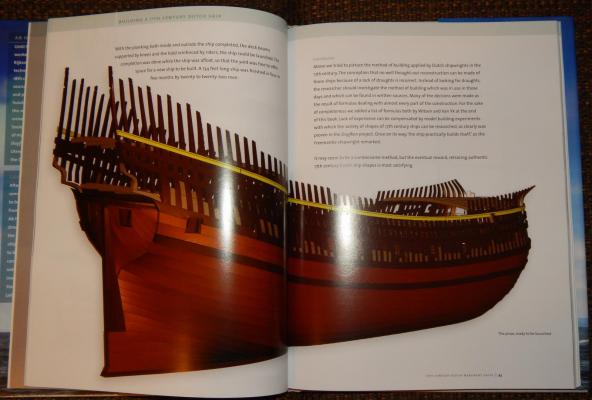
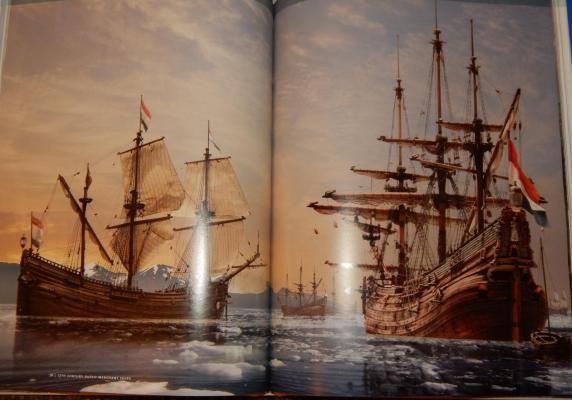
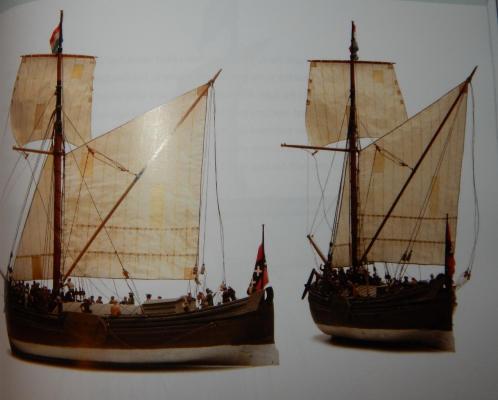
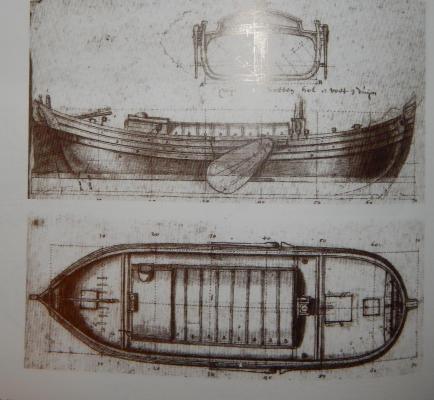
Can i live without a BYRNES TABLE SAW
in Modeling tools and Workshop Equipment
Posted
George;
Thanks for the info. The limitations on the throat I can live with. I have a simple scroll saw from Skill (just under $100), use it for fret work, create puzzles, and always try new things. Have built a fence for it as well. I like the idea of what you can do with a 1/8 blade.
Question: Are the blades for the band-saw, especially the 1/8th pretty rigid. Sometimes with the scroll saw the blade is on a slight angle if I push too hard so the edge is on an angle.
I would like to research table top band-saws. Are they sturdy enough that they don't vibrate of the table or work bench?
What other suggestions do you have if I invest in a bench-top band-saw?
Any advice is appreciated.
Thanks, Marc